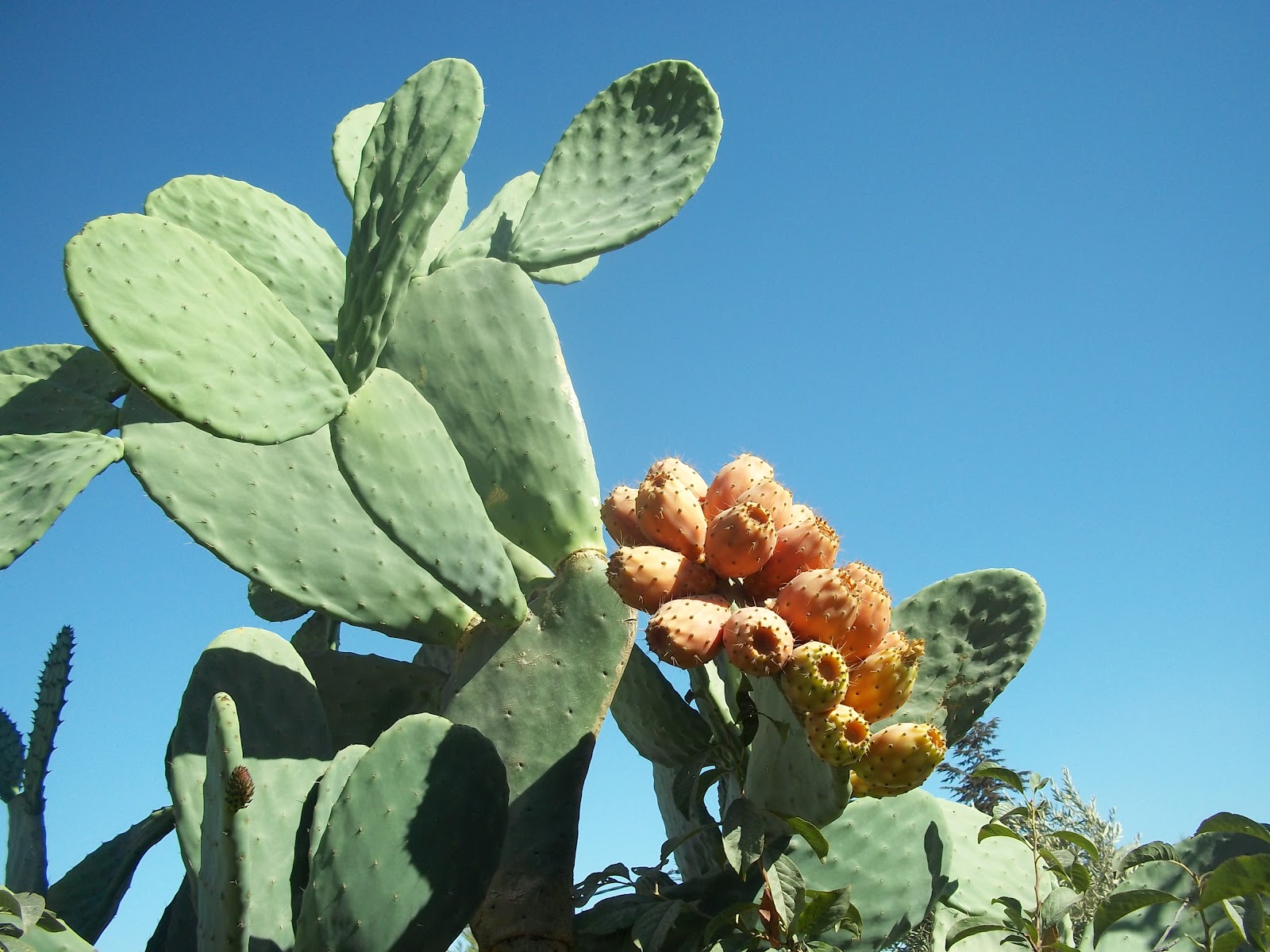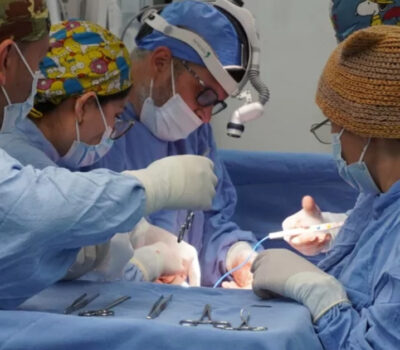Nopal, or cactus, consumption reduces the risk of diabetes complications, has no side effects, and is inexpensive, reported Ph.D. in Basic Biomedical Research of the National Autonomous University of Mexico (UNAM).
The nopal has an antihyperglycemic effect that prevents the elevation of glucose, helping the pancreas to not overproduce insulin and thus reducing the risk of diabetes and diabetic complications, detailed the researcher at the National Institute of Medical Sciences.
Mexico wants to expand the uses of prickly pear cacti
In an interview with the news agency of the National Council of Science and Technology (CONACYT), the specialist said that frequent consumption of foods like prickly pear, soy and chia are helpful in fighting diabetes.
“Regularly consuming these foods can also decrease postprandial glucose peaks and control the disease,” he added.
The doctor explained that the nopal has a lot of fiber, so it is considered a prebiotic food and does not digest the enzymes of the human genome, but can be fermented by microorganisms in the gut to modify the microbiota.
Therefore, he said nopales should not be cooked for more than 10 minutes because they can lose their health benefits.
Src: Notimex
How to cook nopal?
Sauteed Nopalitos
Step 1
Prepare the cactus pads by scraping off the cactus spines, rinsing the cactus and then cutting it into strips or dice.
Step 2
Heat 2 tbsp. of oil in a skillet and add the nopalitos. Add 1/2 cup of diced onion. Saute the mixture, stirring frequently, over medium heat. Like okra, nopalitos have a viscous texture, and cooking removes the liquid that causes that. After the nopalitos have exuded their liquid and it has evaporated, they are ready to use.
Step 3
Season the sauteed nopalitos with salt and pepper, and dress them with lime juice and olive oil. Serve as a side dish or garnish, or incorporate into other recipes. For scrambled eggs, add some sauteed onions and peppers to the nopalitos and pour beaten eggs over the mixture. Scramble the eggs as usual.
Nopal, or cactus, consumption reduces the risk of diabetes complications, has no side effects, and is inexpensive, reported Ph.D. in Basic Biomedical Research of . . .












